
Special Experience
Tokyo
Explore Japan’s History of Urban Architectural Modernization in Marunouchi, Tokyo
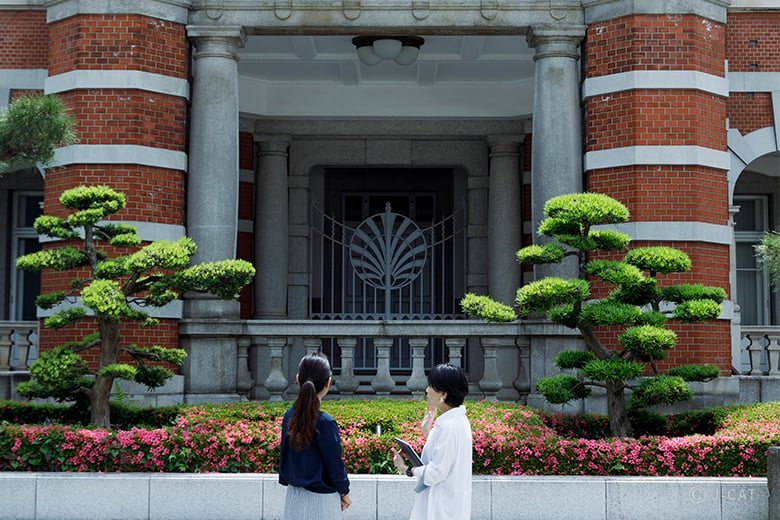
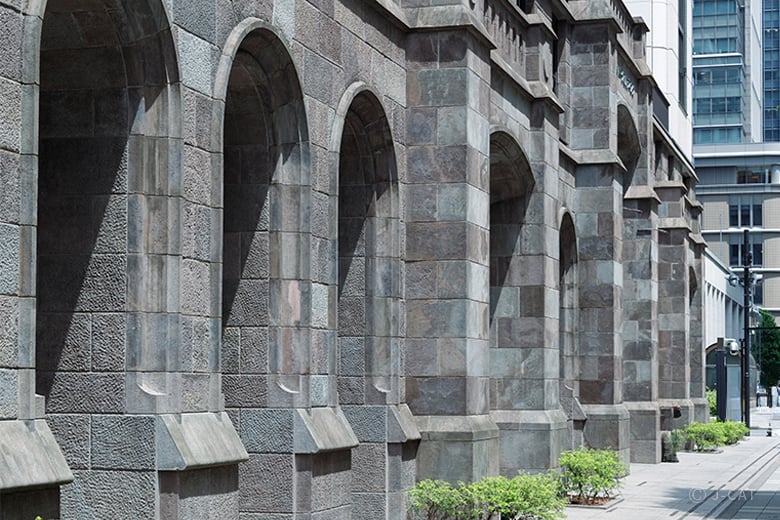
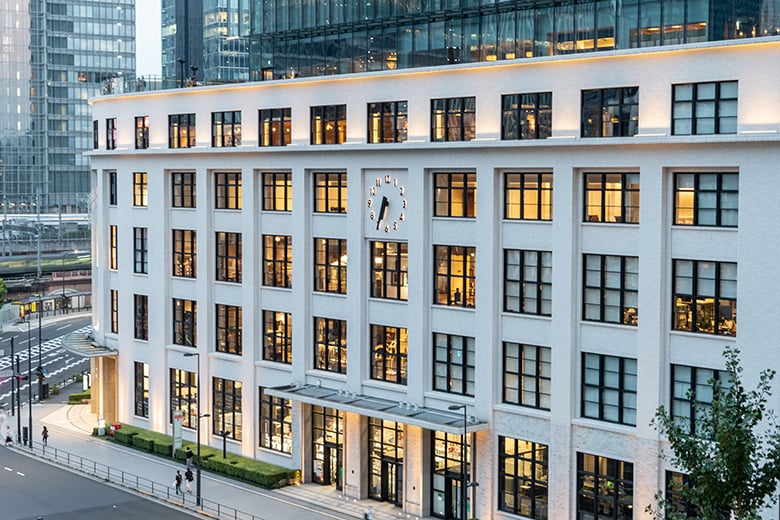
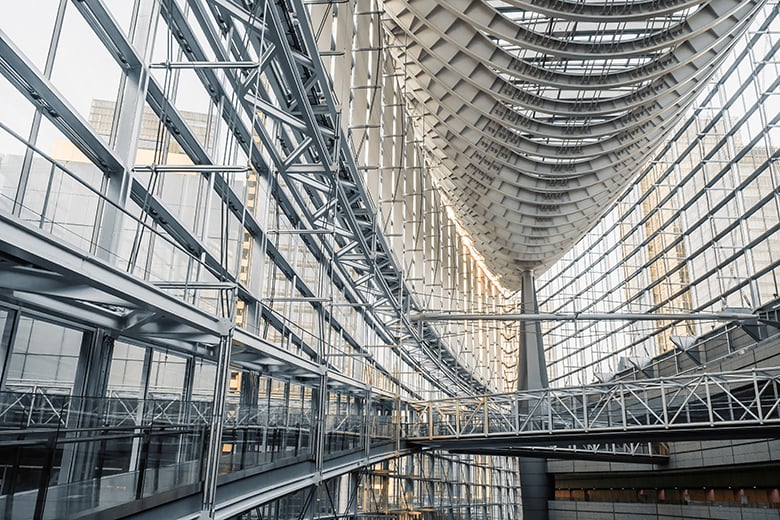
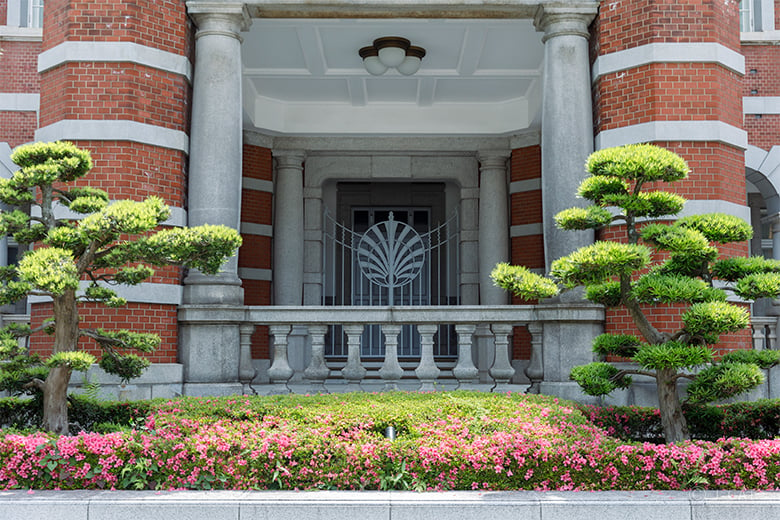
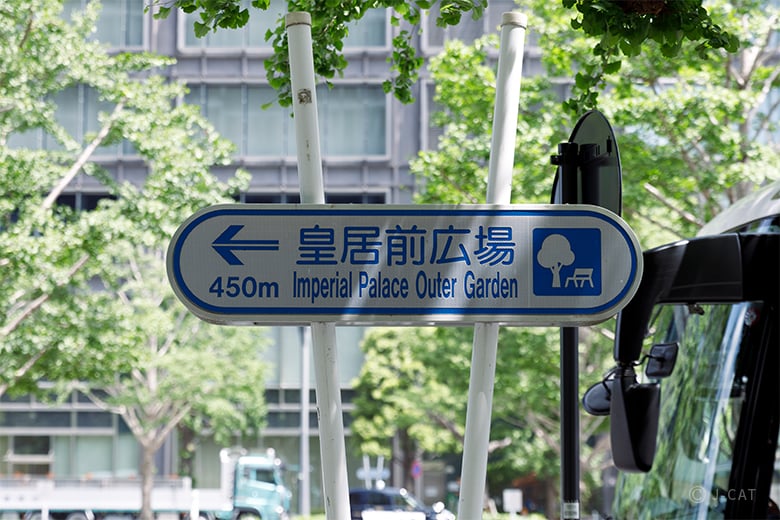
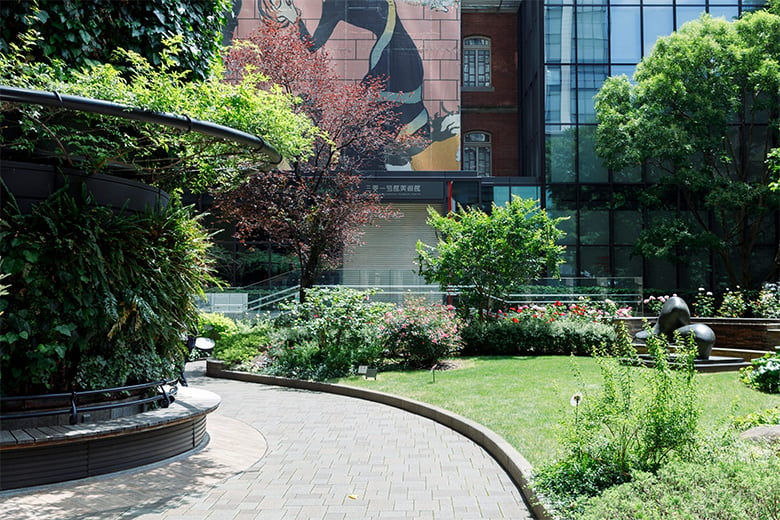
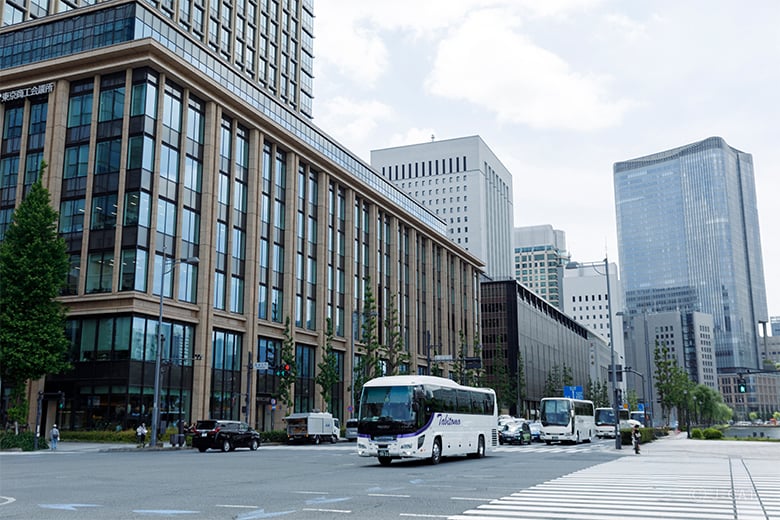
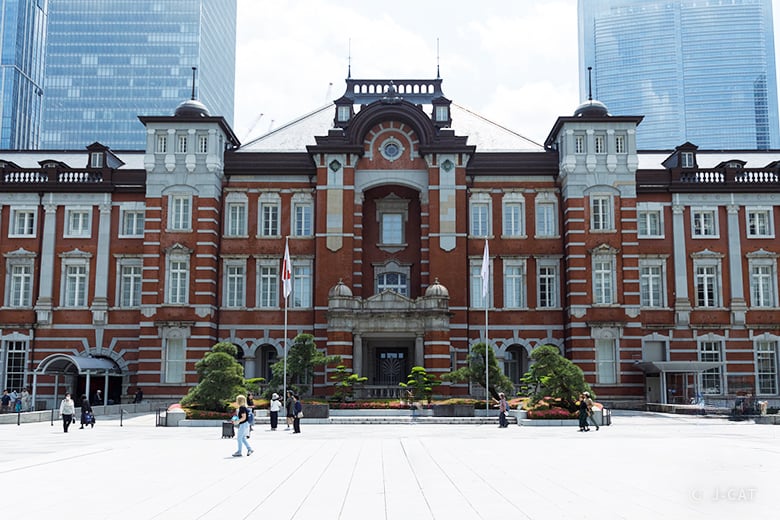
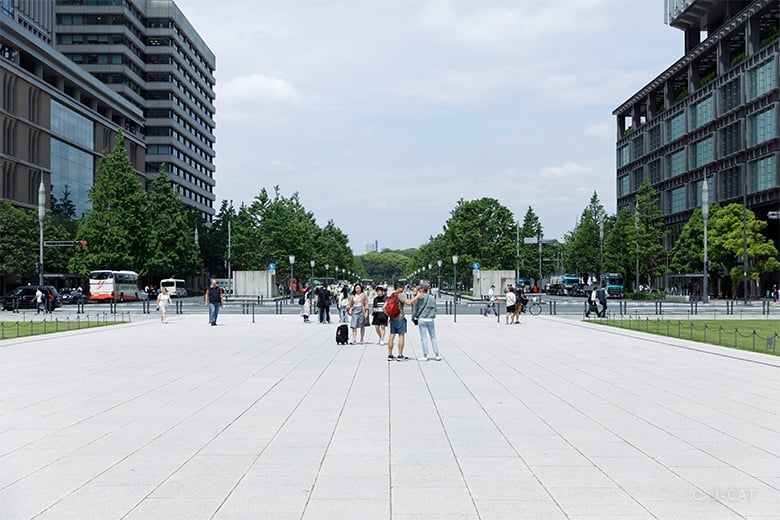
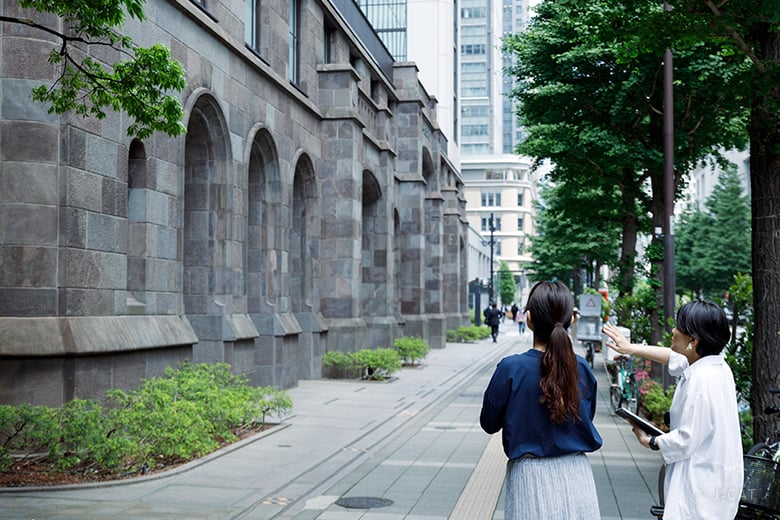
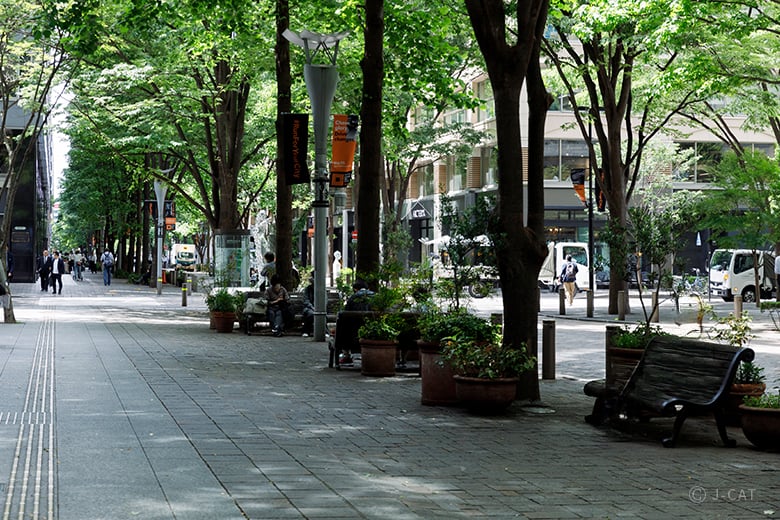
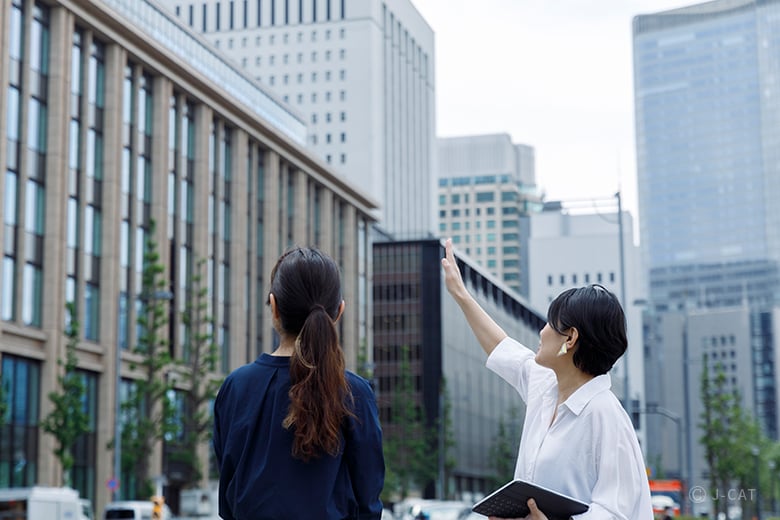
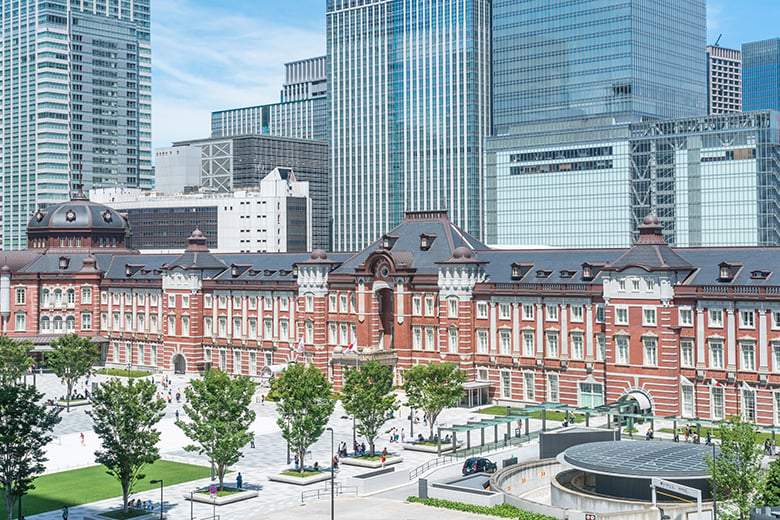
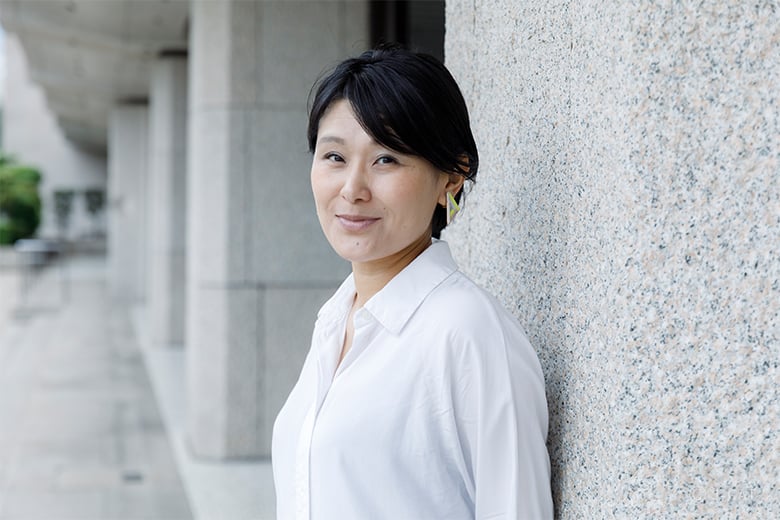















Overview
There is a case for calling Marunouchi the epicenter of Japan itself : smack dab between the central hub of Tokyo Station and the present day Imperial Palace, it is an area of both abundant skyscrapers and historic modern architectural splendor. In 1854, Japan’s doors to the world were thrown open after more than two centuries of self-imposed isolation, and the country’s modernization has moved at a breakneck pace ever since. Learn all about the fascinating architectural developments this history has wrought and rediscover Tokyo’s allure afresh with expert commentary from architectural culture curator Shuko Koike and a street-level view of Marunouchi.
Key Features
・Tour the Marunouchi district of Tokyo with a highly experienced architectural culture curator as your guide.
・Through the lens of architecture and urban landscapes, learn about the history of modernization and westernization in Japan.
・Enrich an already gorgeous walk through the city with expert perspective on the ingenious design and construction of each building (exact route and order may vary).
*Visitors may also be interested in these other similar plans:
Explore Tokyo’s Rapid Urbanization on a Tour of Omotesando with an Architecture Expert
Tokyo
120mins
from ¥25,000 /person
1 - 6 participants
Available in English
Cancel free up to 11 days prior
Details
Seeing the City through the Eyes of an Expert on Architectural Culture with a Perspective both Domestic and International
Tokyo Station is the bridging, binding, beating heart of the extensive railway network of Japan, and this plan takes you on an in-depth urban tour of the Marunouchi district at its doorstep. There is no better way to appreciate the whirlwind of profound changes that arose with the arrival of the Meiji period (1868-1912), after the Shogun was overthrown to restore to power the Emperor, under whose direction the country subsequently resumed full-fledged diplomatic relations with the rest of the world. Tokyo’s Asakusa area and the city of Kyoto may be Japan’s leading destinations for tourism, but Marunouchi offers an entirely different charm.

Shuko Koike has worked in exhibitions and publications on Japanese and international architecture
Your navigator and guide is architectural culture curator Shuko Koike, who worked under the Agency for Cultural Affairs at the National Archives of Modern Architecture after returning from her work in New York. Says Koike, “It was actually my overseas experience that brought me back to an appreciation of the achievements of Japanese architecture and culture.” Koike’s homegrown yet international perspective illuminates your view of Marunouchi in a way no other can.
A Revered Station Building, Gateway to the Imperial Palace
When recounting the urban and architectural charms of Marunouchi, it would be sacrilege not to begin with the Marunouchi building of Tokyo Station, a structure designed in 1914 by Tatsuno Kingo (1854-1919) based on a concept by German architect Franz Baltzer (1857-1927), with a magnificent central gate for the exclusive use of the Imperial Family. The building suffered extensive damage during the 1923 Great Kanto Earthquake and again during the 1945 Tokyo Air Raids, but 2007 saw it restored to it to the glory of its original design.

Tokyo Station is an impressive redbrick structure holding many architectural secrets
Modernist Architecture, Japan Born
The next stop is Kitte Marunouchi, hailed by German architect Bruno Taut (1880-1938) as “a masterpiece of Japanese modernist architecture.” It originally housed mail sorting facilities of the now-defunct Ministry of Communications, which oversaw the country’s postal and other communications services. Constructed at the fulcrum between the age of Marunouchi’s iconic brick and the modern era of reinforced concrete, it achieved a unique charm by embodying this evolution, along with a unique blend of Japanese sensibilities and Western architectural culture.

The name of the Kitte building comes from the Japanese word for “postage stamp,” in homage to its roots
Next, pay a visit to the International Forum, a 1988 building heralded then as the district’s most cutting-edge design. It was built as the Convention and Art Center on the site of the former Tokyo metropolitan government headquarters, which was designed by the globally-renowned Kenzo Tange. These were the heady days of Japan’s bubble era, when a supercharged economy endowed the building with the budget for a stylish opulence still evident in its design all these decades later.

The stunning facade of the International Forum, made from thousands of individual glass panes
Traces of Architectural Westernization from the Country’s Opening, Surviving Amidst New Development
The entire swath of city between the International Forum and Tokyo Station was developed primarily by the Mitsubishi Group, one of Japan’s leading zaibatsu conglomerates.
The area’s office buildings today showcase Western modernist architectural culture, owing to the invitation of numerous architects from abroad to incorporate new designs and techniques into a variety of developments after the country’s opening to the wider world in the 1860s. Although these have since been redeveloped into skyscrapers, retain their brick facades and other original design elements.

The Mitsubishi Park Building still retains its original brick facade
Unusually for a Japanese business office area, Maunouchi is peopled by local workers and holiday visitors alike, owing to a rather spacious and relaxing atmosphere. But it was a winding journey to reach this balance, and Koike sheds light on the fascinating twists and turns of urban planning that gave the area its character.

Lined with benches and art, Marunouchi Naka-dori Avenue is a place where Tokyoites can enjoy a respite from the hustle and bustle
As the tour nears its end, loop back toward Tokyo Station via the avenue of Marunouchi Naka-dori. In front of the station, you will come upon Gyoko-dori Avenue, which leads directly to the Imperial Palace because it was built specifically for the Emperor to access the station. Today, Marunouchi unfurls from this main thoroughfare, station and office alike developed according to exacting architectural standards. After learning the intangible story of this tangible cityscape, you will see its majesty made anew.

The plaza in front of the Marunouchi Station building, with the road ahead stretching onward to the Imperial Palace
Simply no Substitute for a View from the Streets
A stately road dripping with westernized modernist grandeur connects Tokyo Station to the Imperial Palace right through Marunouchi, and actually walking along it really brings home the sense of how dramatically Japan has changed in the less than two centuries since it opened its doors to the wider world and began actively courting and assimilating foreign influence.

Koike provides simple easy-to-understand answers to any question on architecture or city planning, no matter how minute
There are things that can only be discovered through real presence, aspects of a place only knowable by treading its grounds with your own two feet and seeing it up close with your own two eyes. Enjoy your walk with Koike through Tokyo’s Marunouchi area, and discover its lesser-known side.
Shuko Koike

Shuko Koike
Architectural culture curator Shuko Koike found herself in the USA through a job at architectural design offices. She has since organized exhibitions and showcases in both Japan and the US. After her return to Japan, she worked as a research assistant at the National Archives of Modern Architecture, under the Agency for Cultural Affairs. She continues to strive to popularize the wonders of architectural culture through a variety of exhibitions, writing, and publications.
Customer's Voice
Our guide, the information, and the experience overall was informative, interesting, fun, and wonderful!
E.L. United States
It was very very interesting and rich of information.
C.B. Italy
It was very knowledgeable and the guide was very kind. We learned a lot from the experience
J.R. Mexico
Location
Tokyo Station Marunouchi South Exit
Chiyoda City, Tokyo
Request for booking
Select first preferred date (JST)
January 2026
Sun
Mon
Tue
Wed
Thu
Fri
Sat

Instant Booking

Request Booking

17
Full

17
Unavailable
Tokyo
120mins
from ¥25,000 /person
1 - 6 participants
Available in English
Cancel free up to 11 days prior
Things to know
Contact Us
If you have any questions, please contact us using the form below.
We also accept bookings from corporate clients and travel agencies.